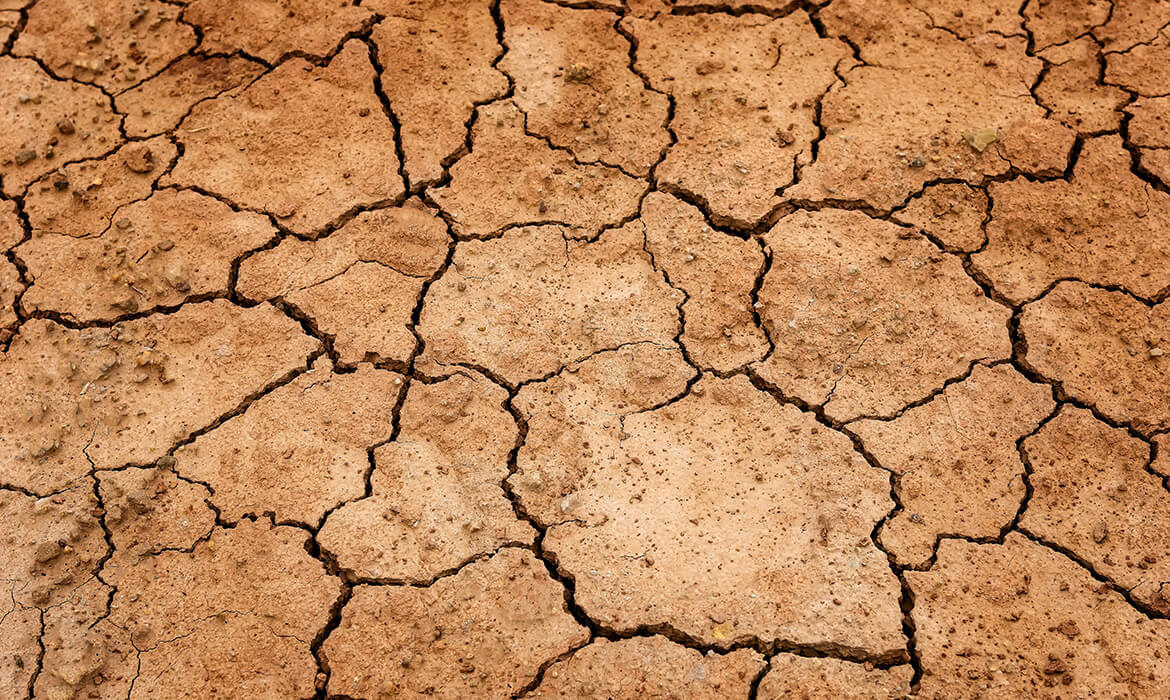Dry vs. Dehydrated Skin: Learn the Differences and How to Distinguish the Two
Although the terms ‘dry skin’ and ‘dehydrated skin’ are frequently used interchangeably, there is in fact a difference! Because both dry skin and dehydrated skin often display similar characteristics (such as dull, rough, flakey, itchy, sensitive, etc.), it may be tricky to distinguish the two. It is, however, important to learn the key differences between dry and dehydrated skin since treating each requires a different approach.
Key Differences Between Dry and Dehydrated Skin – How to Distinguish the Two
The easiest way to understand the difference between dry and dehydrated skin is that one is a skin type while the other is a skin condition. Dry skin is a skin type that is inherited, meaning you cannot alter or change it. Dehydrated skin, on the other hand, is a skin condition which can be resolved.
Dry Skin
- Skin type which is inherent (permanent)
- Lack of oil/sebum production
- Can be improved, however cannot be altered
- May simultaneously be dehydrated
Dehydrated Skin
- Skin condition (temporary)
- Lack of water
- Can be resolved
- May be experienced by anyone – not dependent on skin type
How to Treat Dry Skin
Dry skin requires a consistent skincare routine. Because dry skin does not produce sufficient sebum, the lipid barrier becomes weak and unable to protect against foreign invaders. This may lead to skin irritation and redness.
Bolster your skincare regimen. Oils must become your best friend if you have dry skin! Incorporate a multi-purpose face oil such as marula oil to replenish your skin’s oil reserves and help rebuild and strengthen its lipid barrier.
Avoid foaming cleansers. Foaming cleansers contain harsh preservatives that strip your skin of its natural oils. If your skin is dry to begin with, this could exacerbate the problem. Opt for a gentle non-foaming cleanser instead.
Supplement through diet. Another way to assist your body with producing more oils is to supplement your diet with healthy fats. Eat foods such as avocado, salmon, olive oil, and nuts to nourish your skin and make it more soft and supple.
How to Treat Dehydrated Skin
Dehydrated skin is somewhat easier to treat than dry skin because it is a temporary condition. This condition occurs when the top layer of the skin lacks water.
To combat dehydrated skin, you have a few options.
Use humectants in your skincare regimen. Humectants are ingredients that bind to water. One great example is hyaluronic acid. Hyaluronic acid is a naturally-occurring substance that attracts water and is said to hold up to 1000 times its weight in water! Choosing products containing humectants is imperative if your skin is severely dehydrated. You want your skin to attract and hold on to as much water as possible to restore plumpness and firm up any fine lines.
Maintain humidity in the air. Dehydrated skin needs moisture! When the air is dry, there is no moisture for your skin to cling to. This is why using a humidifier is extremely beneficial if you suffer from dehydrated skin.
Hydrate from within. Lastly, the single easiest thing you can do to improve dehydrated skin is to stay hydrated! That means ensuring you are drinking adequate amounts of water every day. Keep a water bottle with you throughout the day to remind yourself to consume more liquids.



